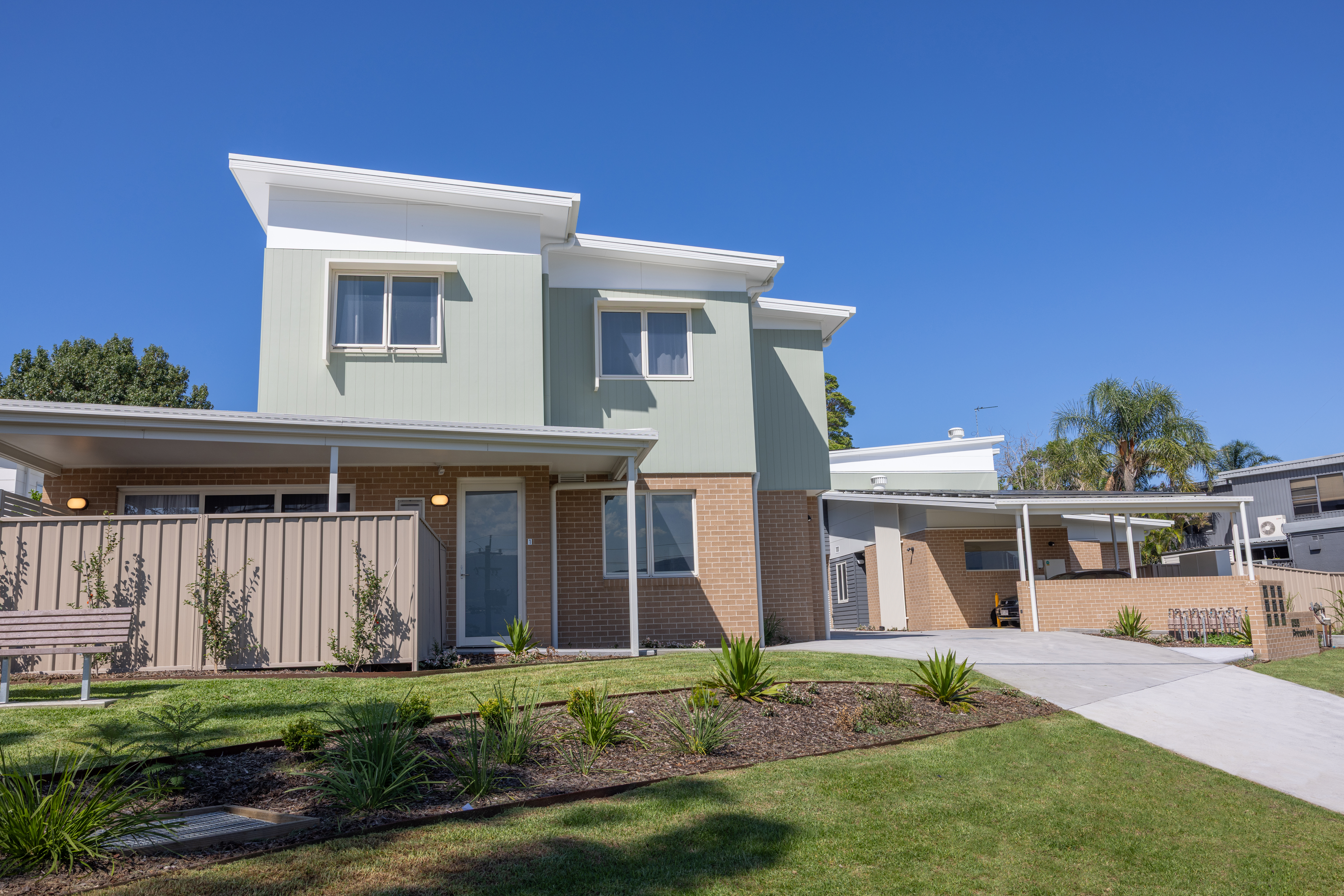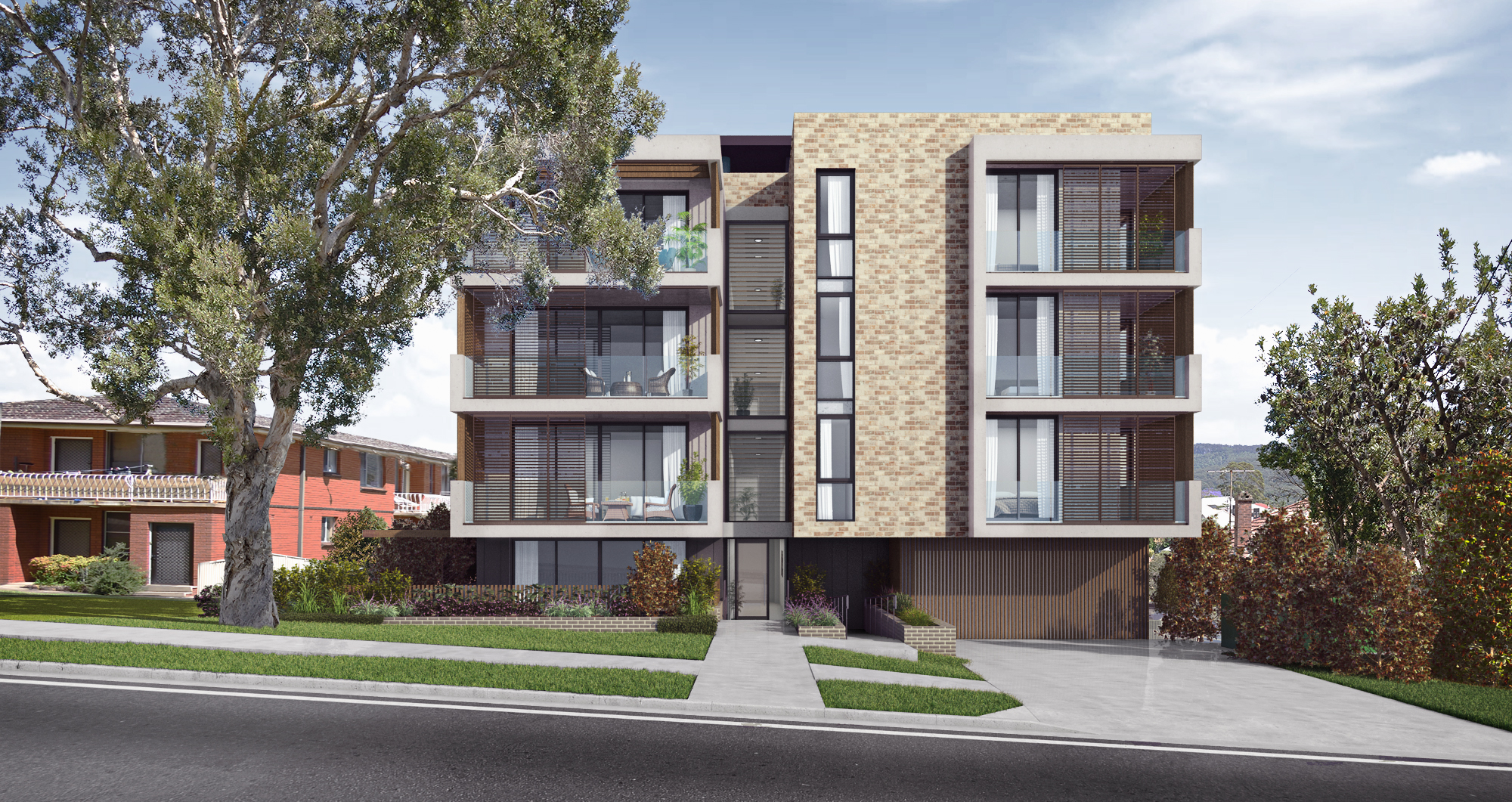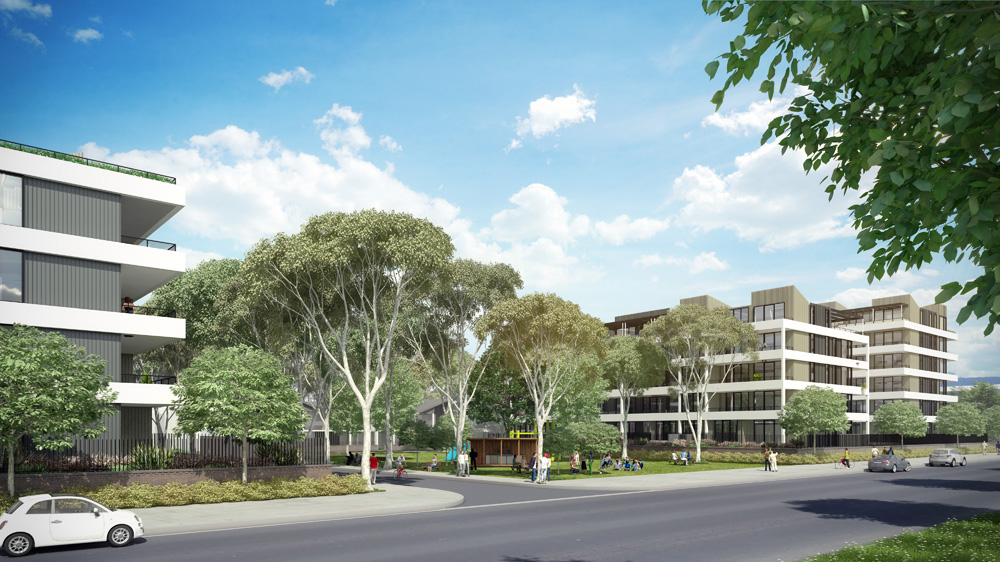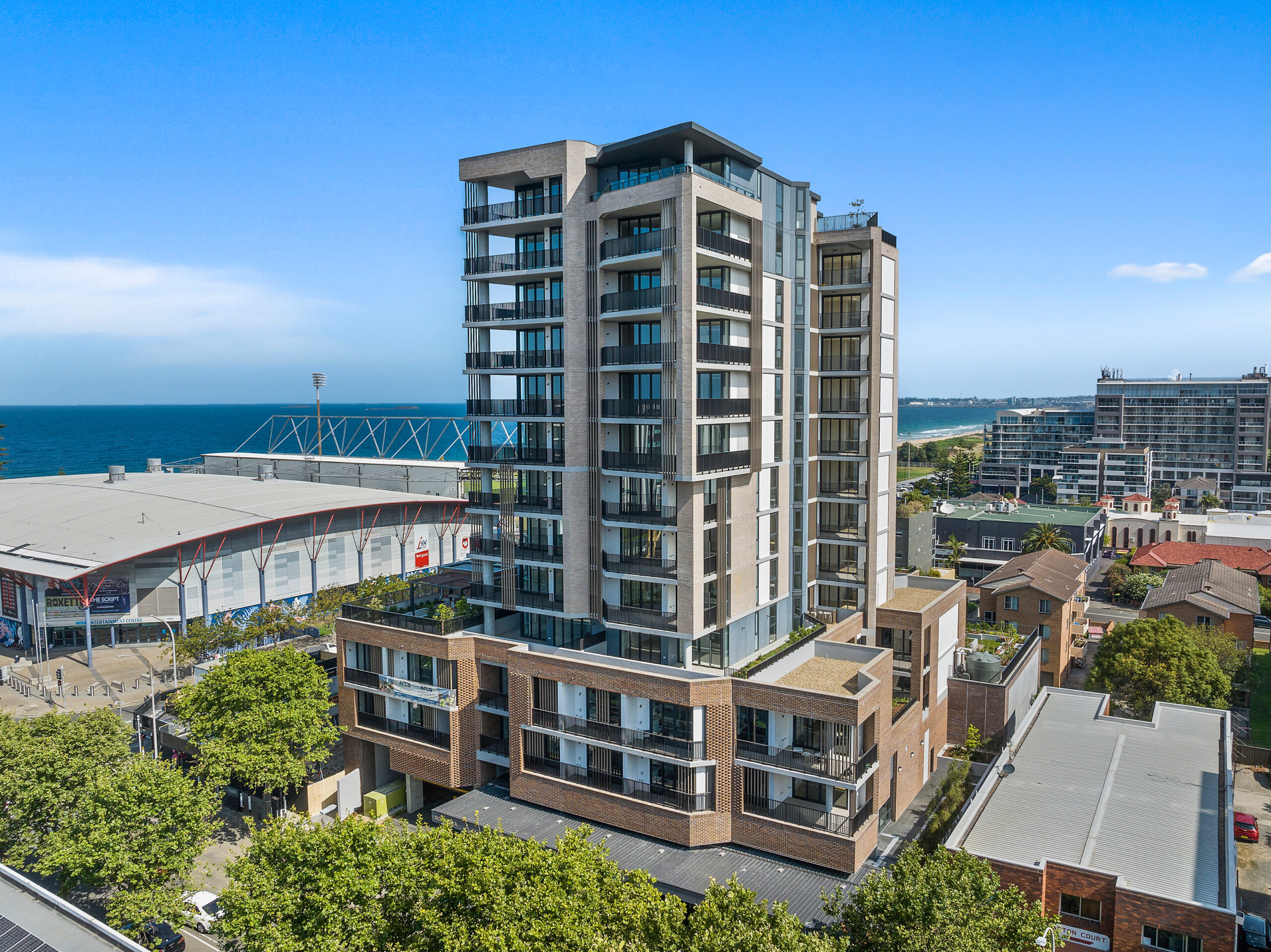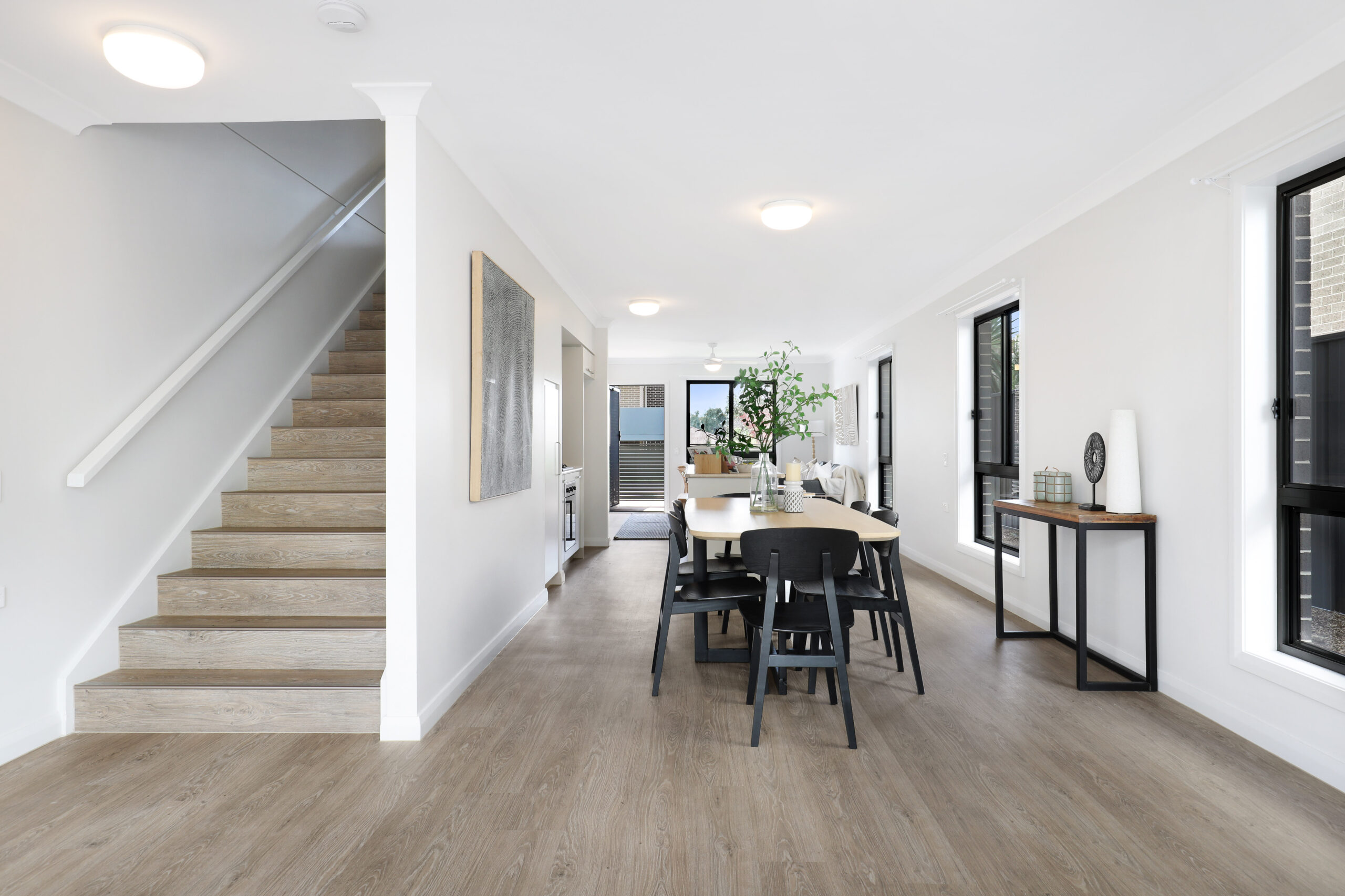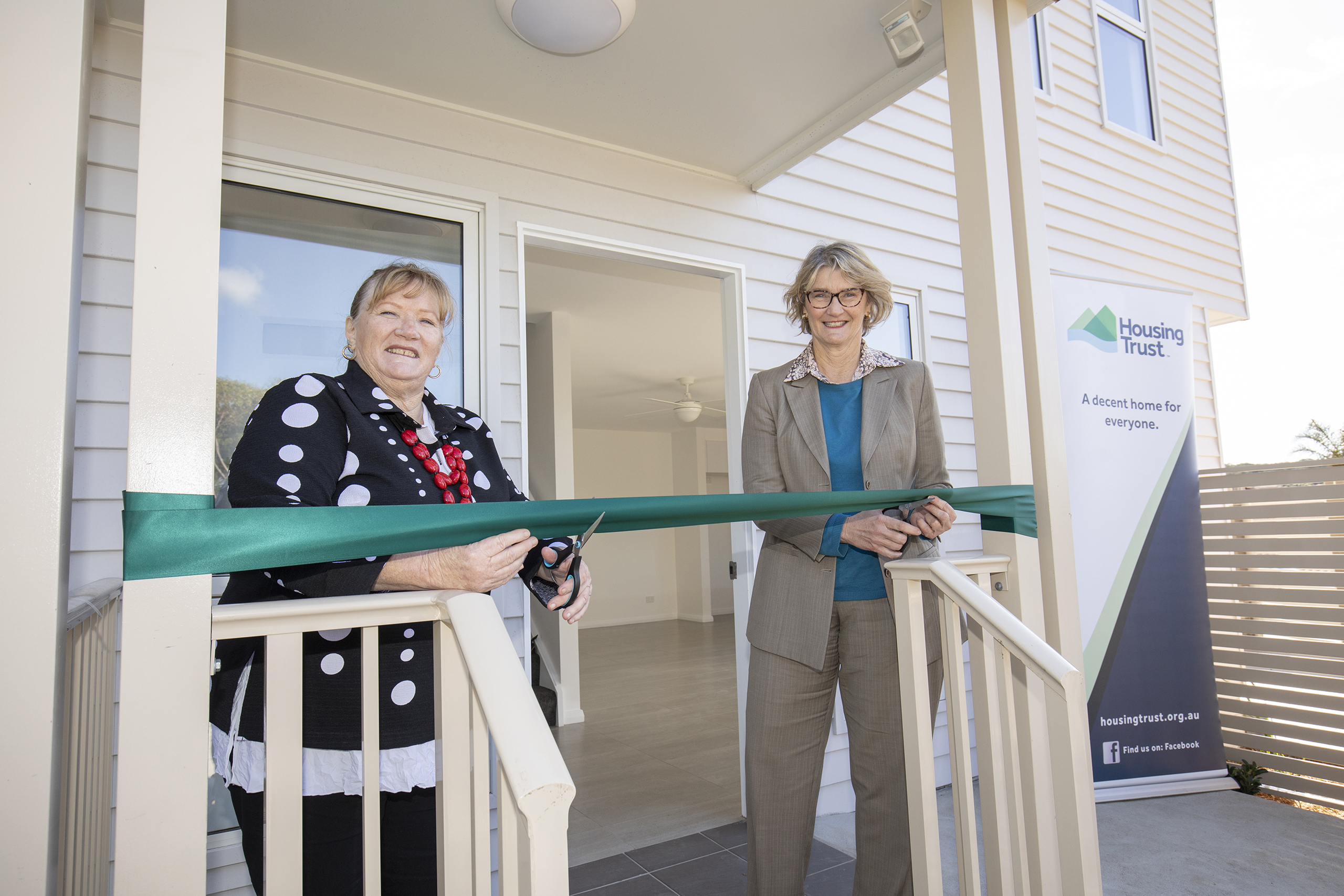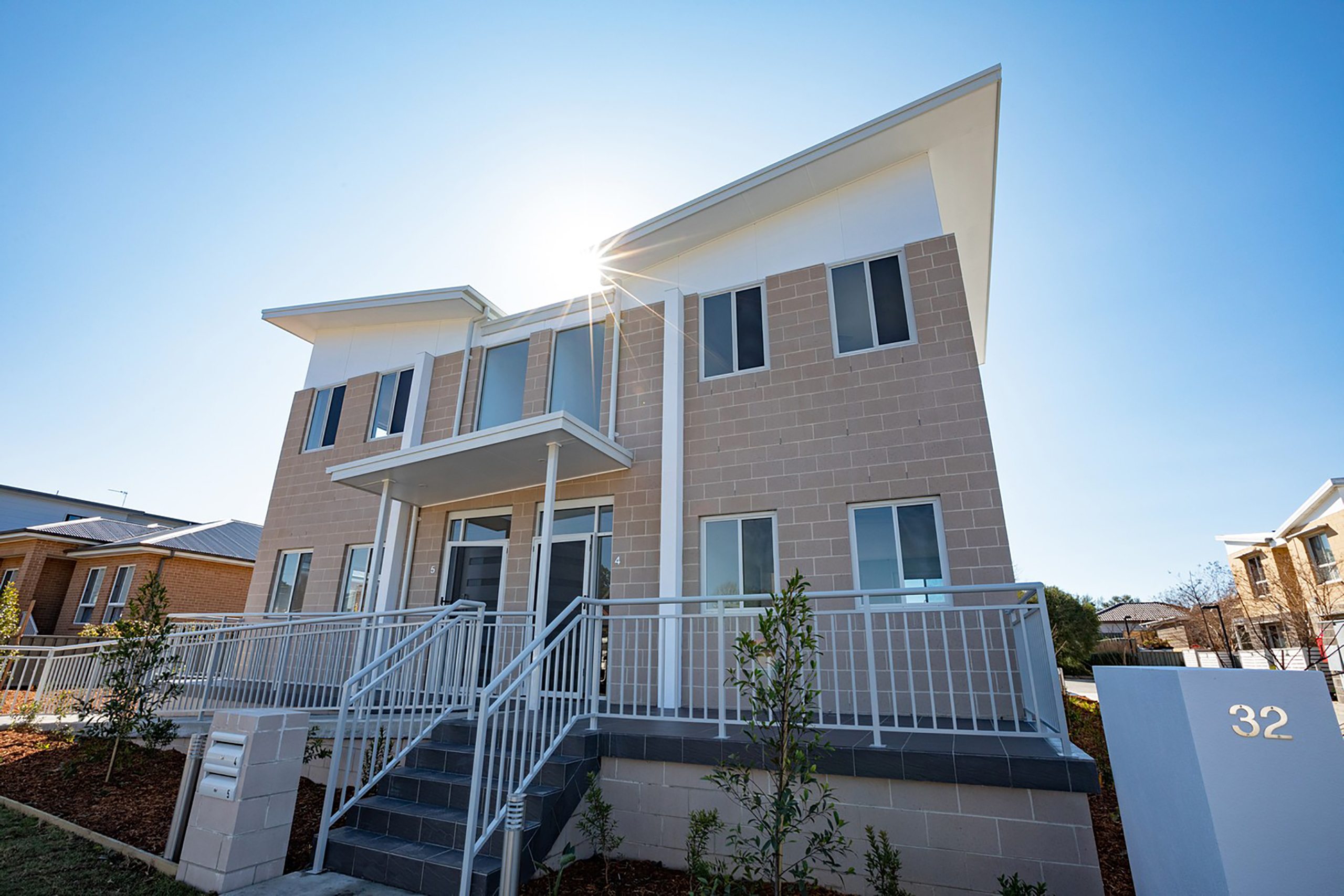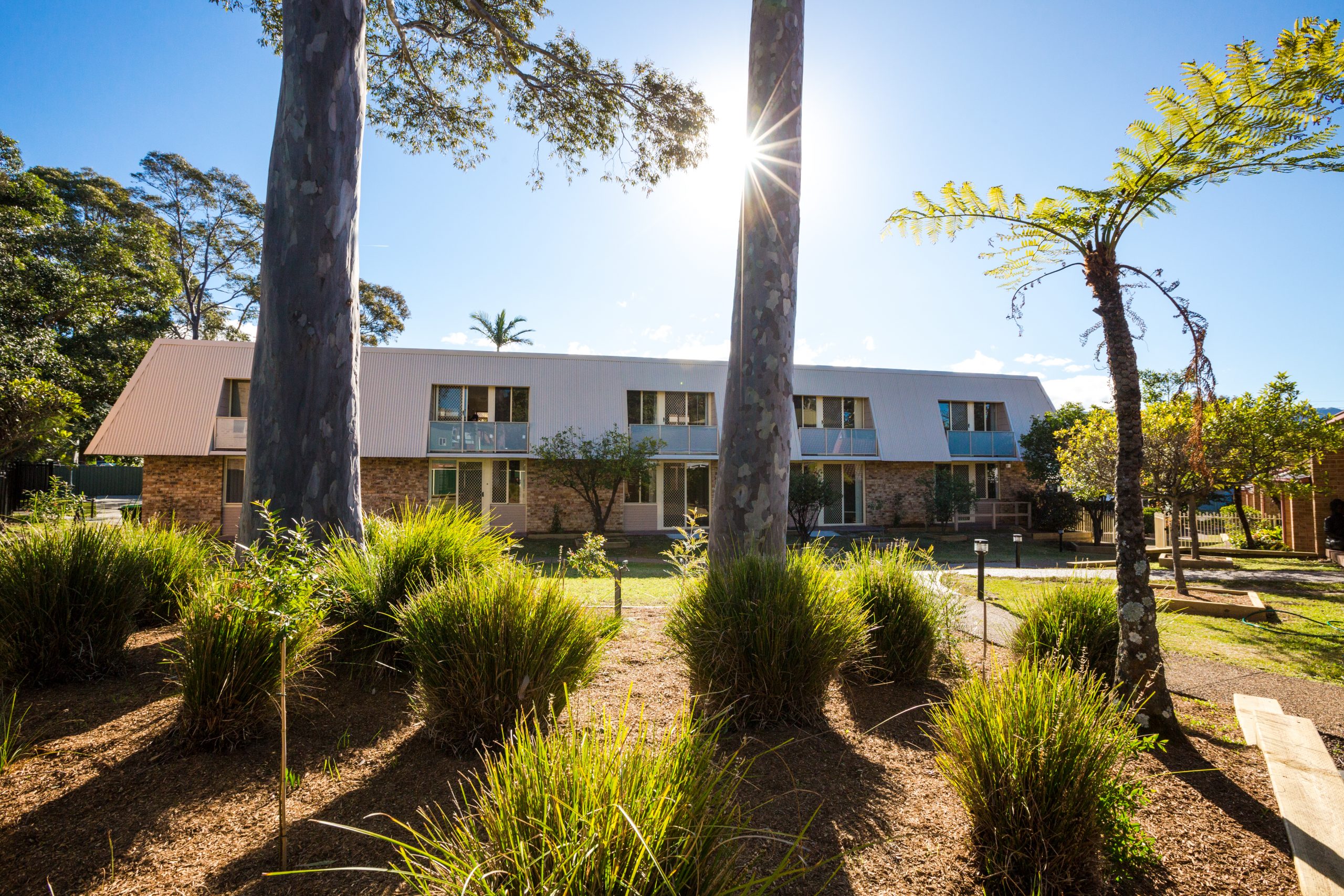Developments & Construction
Finding a place to live can be stressful, so we’re here to do what we can to make it easier for you. You want safe, affordable, quality housing that suits your individual needs and we’re committed to delivering just that.
Depending on your circumstances you may qualify for social housing, affordable housing or both. The applications process and eligibility criteria is different for each type of housing.
Design Objectives
The five key design objectives are detailed as follows:
1 Sense of Community
A house provides more than shelter and should also engender a sense of community. The ability of tenants to identify positively with their housing and to feel comfortable are important objectives for HT.
2 Diverse Tenants
Over a household’s lifetime there are many changes to individual needs and relationships. The number and age of occupants will change and there may be household members who are temporarily or permanently impaired as a result of accident, illness or recuperation. The dwelling therefore should allow for a range of life stages and disabilities without the need for major modifications or tenant relocation. This means providing housing that has a degree of flexibility, which meets the needs of people of different ages and mobility over time and avoids barriers that may discriminate against residents or visitors.
3 Efficient use of resources
There is an overarching requirement to ensure efficient use of HT resources to best meet program needs. When the costs of life cycle maintenance, disability modifications and relocations are taken into account, it is more cost effective to build to a higher standard than the usual industry practice. On the other hand, the need for affordable housing is very great and HT has an obligation to provide as many well-designed dwellings as resources will allow.
This means finding a balance between quantity and quality by designing buildings that provide the foundation of viable, healthy communities, provide for core tenant needs and meet community standards in a cost-effective manner. This is underpinned by recognizing the benefits of flexibility in allocations and for existing tenants to age in place.
4 Comfort and Security
Good design for living is about physical comfort. Comfort requires an empathetic response to design. What would it be like to live in this dwelling? A home needs to be both a secure refuge from the world and connected to it.
5 Sustainable
Our homes must be environmentally, socially and economically sustainable. Environmental sustainability is protecting the health, diversity and productivity of the environment for the benefit of current and future generations. Social sustainability means equitably meeting housing demand in a manner that promotes individual and community needs. Environmental sustainability is also about how design standards can target energy efficiency measures that reduce the cost of energy for tenants now and into the future. Financial economic sustainability means protecting and improving the value of the asset base to ensure that in future decades there is scope to continue to renew and improve.
Need help?
If you have any questions, get in touch with the Housing Trust team today.
We’re available at 02 4254 1166 or info@housingtrust.org.au

